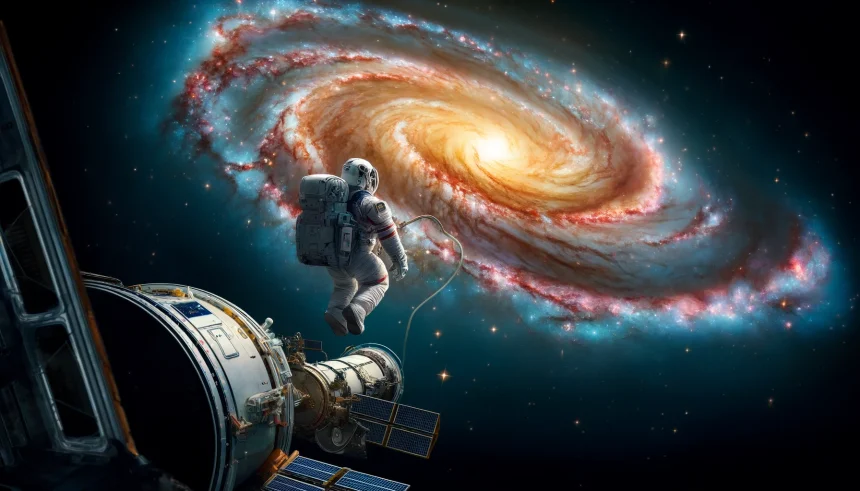The James Webb Space Telescope continues to unveil unexpected insights into the early universe. As it surpasses initial expectations, astronomers are revising long-standing cosmological models. This progress highlights the telescope’s pivotal role in advancing our understanding of cosmic history.
Initial findings from the James Webb Space Telescope indicated unusual galaxy formations. Recent observations have reinforced these early results, prompting deeper analysis. This consistency highlights the telescope’s reliability in providing critical cosmological data.
How Are Early Galaxies Differing from Current Models?
Observations reveal that early galaxies are brighter and larger than predicted. This discrepancy suggests that galaxy formation occurred more rapidly in the universe’s infancy. Such findings necessitate adjustments to existing cosmological theories.
What Is Contributing to the Hubble Tension?
The Hubble tension persists due to conflicting expansion rate measurements. Differences between early and nearby universe data complicate our understanding of cosmic expansion. Potential factors include measurement errors or gaps in dark matter and energy knowledge.
Can James Webb Identify the First Stars?
James Webb aims to detect Population III stars, the universe’s first generation. Recent tentative observations suggest possible candidates, but confirmation awaits further data. Success in this area would illuminate early stellar evolution.
The James Webb Space Telescope continues to be a critical tool in cosmology, providing data that challenges and refines our understanding of the universe’s origins and expansion. Its ability to observe early galaxies and search for the first stars positions it at the forefront of astronomical research. As subsequent analyses unfold, JWST’s findings will likely drive significant advancements in the field, offering deeper insights into the cosmos.










